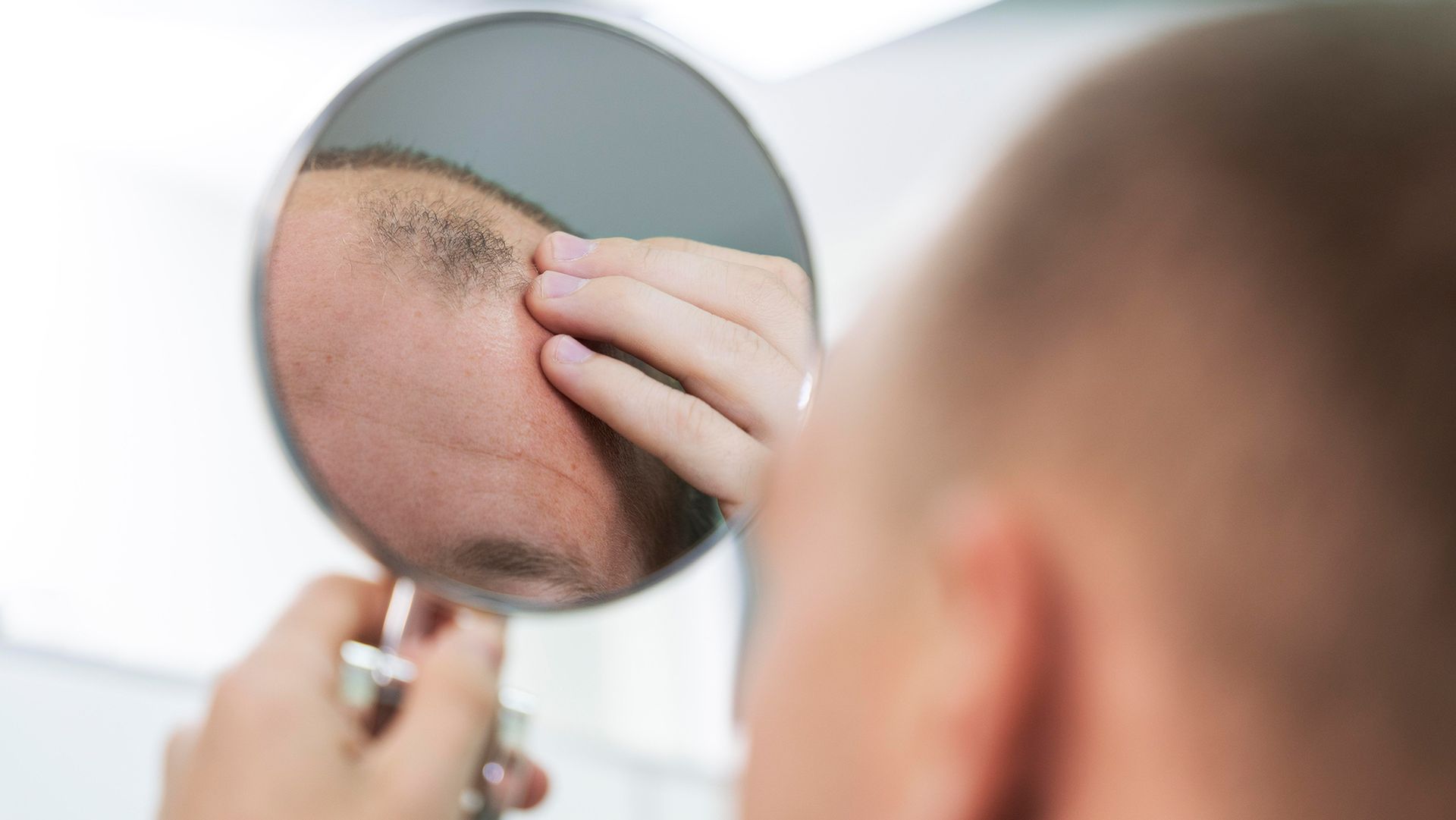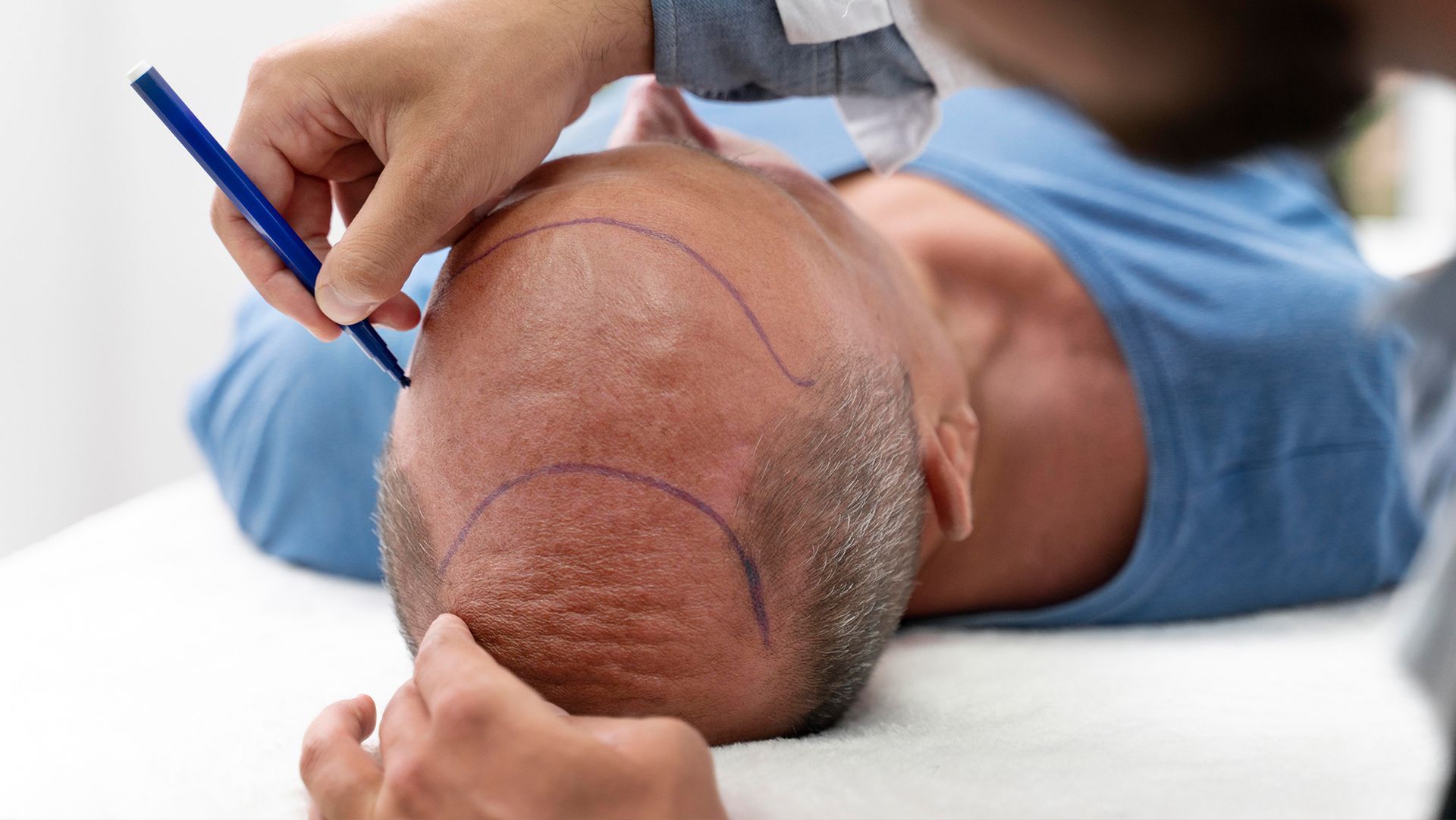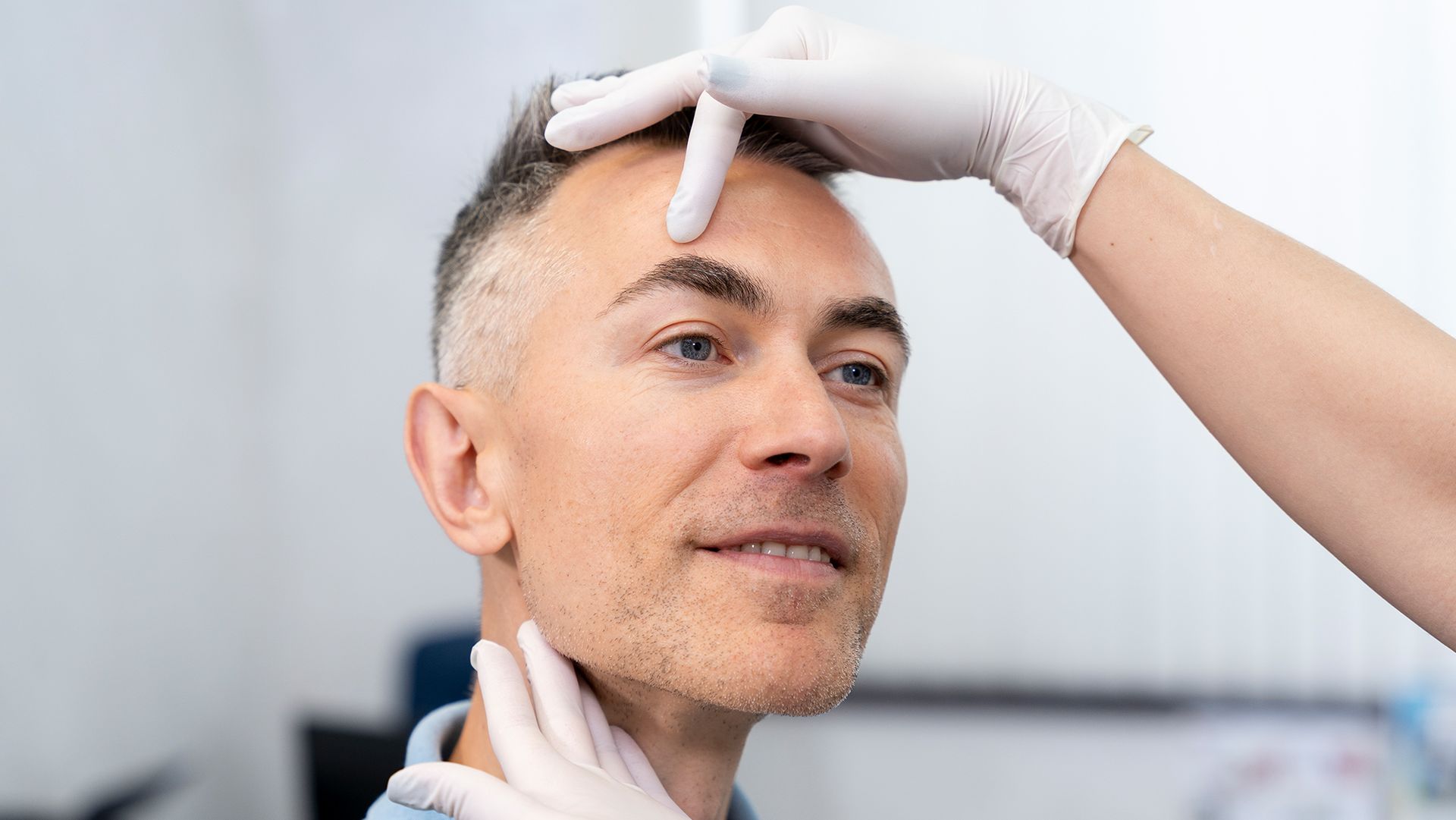Understanding Hair Loss: Telogen Effluvium Recovery Signs

Hair loss can be a result of several reasons, from natural causes to medical-related conditions. Regardless, it’s something more common than you think.
Among the different types of hair loss, telogen effluvium is said to be one of the most common diagnoses. According to studies, in about
33% of cases, the cause is unknown. Still, there are possible reasons and expected reactions that imply improvement.
So, what are they, and how do you know the telogen effluvium recovery signs? Let’s delve into that.
What is Telogen Effluvium?
Telogen effluvium is known as one of the most common causes of alopecia or hair loss. Its factors range from psychological to physiological, but in most cases, this condition is temporary.
- Anagen or Growth: This refers to the most active stage of hair growth, wherein your hair would stay up to 80% to 90% of the time.
- Catagen or Transition: This is the stage where your hair transitions during growth when your hair stops growing. It usually takes up around 5% of the cycle.
- Telogen or Resting: This is when your hair follicles become inactive and start a new hair growth cycle. So, you can expect your hair to fall off during this phase.
If you go through chronic telogen effluvium, you are likely to experience hair shedding for
over six months. Even so, you can reverse the effects.
Common Causes of Telogen Effluvium
Telogen effluvium can be caused by several factors. Keep in mind that knowing these can help you identify what steps to take to improve your condition. At the same time, it helps you determine if your case is something that requires a change of habits or additional treatment.
Here are some of the most common reasons why it occurs:
- High-stress levels: Experiencing prolonged or severe levels of stress can affect the strength of your hair, causing it to easily fall off.
- Lack of nutrients: Your hair requires certain nutrients to grow and maintain its strength and grip. A few of these include protein, iron, zinc, vitamin B, and more.
- Physical trauma: Severe physical impact on your hair can disrupt its growth cycle, causing your hair to shed off or weaken. This can happen when you go through an accident or tend to pull or add lots of pressure to your hair.
- Weight loss: Sudden weight loss or restrictions can lead to hair loss. It also causes you to consume less nutrients, causing your hair to lose what it needs.
- Hormonal changes: Hormonal changes are one of the top reasons for hair loss among women. It can start as early as the pregnancy phase and continue until childbirth or postpartum and menopause.
- Health conditions: Specific health conditions can affect other parts of your body, including your hair. It’s common for autoimmune diseases to change their growth cycle because it targets your overall health.
- Medication effects: Some medications can cause your hair to weaken and become more susceptible to shedding. The same applies to certain treatments or surgeries.
Common Causes of Telogen Effluvium
Not everyone notices the recovery signs of hair loss in an instant. Sometimes, it takes a lot longer than you expect, even after changing habits and receiving treatments.
Despite this, the following are some of the most common telogen effluvium recovery signs:
- Hair thickening: When your hair starts to look thicker, either darker or with more volume, it may be a sign that your hair is growing back.
- Fewer falling strands: If you spend a while dealing with severe hair loss, it’s easier to notice the amount of shedding when it reduces. In this case, it means your hair is recovering.
- More short strands: You might notice several short strands on your scalp. This is a clear sign that your hair is growing back and starting off fresh.
Keep in mind that this sensation is normal but temporary. If it continues beyond two weeks, you may want to consult your doctor about it.
Ways to Maintain Hair Restoration
There are lots of ways you can maintain your hair growth once you start to notice your condition improving. Keep in mind that these can vary based on the initial reason for your hair loss. At the same time, some of these solutions are effective either way.
The following methods are some of the best ways to keep hair restoration consistent:
Hair Treatments
Getting regular hair treatments can help boost how quickly your hair grows back and keep it within that state. An example is getting laser hair therapy or frequent scalp massages.
Better Diet
You can take hair growth supplements if you have trouble adjusting your lifestyle. Moreover, these are a quick and easy way to ensure your hair gets the nutrients it needs to maintain growth and keep its hold on your scalp.
Hair Growth Supplements
Getting regular hair treatments can help boost how quickly your hair grows back and keep it within that state. An example is getting laser hair therapy or frequent scalp massages.
Improved Handling
Sometimes, treating and handling your hair with more care is enough to reduce the impacts of hair loss. With this, your hair can feel better and you can experience less pain or headaches.
Maintain Stress Levels
Stress can affect more than just your emotional well-being. The better you handle your stress, the less likely you will have to deal with its physical impacts, including hair loss.
Hair Transplant
A
hair transplant is a method that ensures the restoration of your hair regrowth. It provides you with a long-term solution and gives you the opportunity to increase hair volume in parts that are thinning or completely bald.
In Summary
While telogen effluvium is a common reason for hair loss, it’s best to know more about it. When you understand the causes, you can determine the best way to restore its growth. At the same time, it helps you identify telogen effluvium recovery signs better, allowing you to maintain improvement as much as you can.









